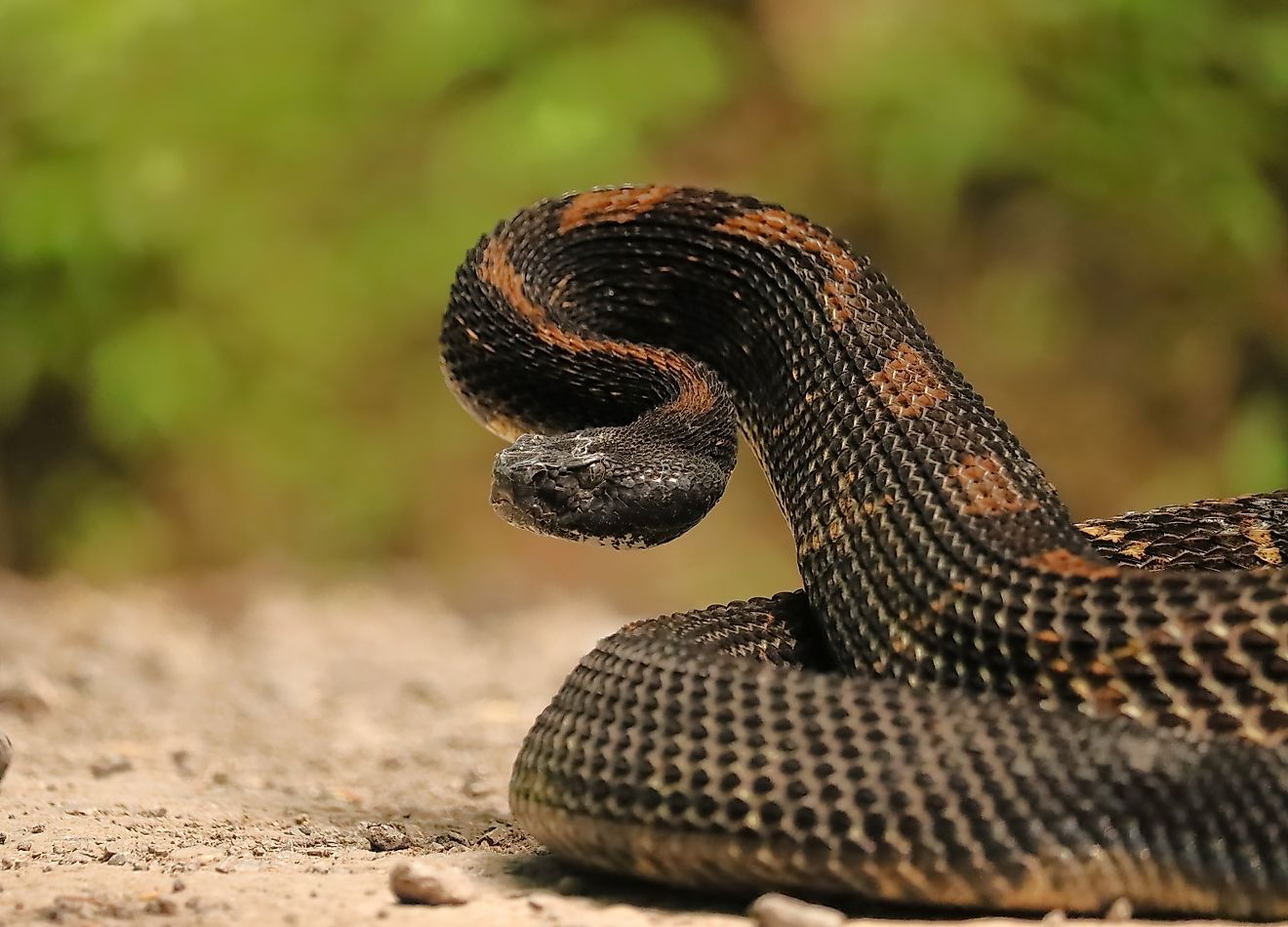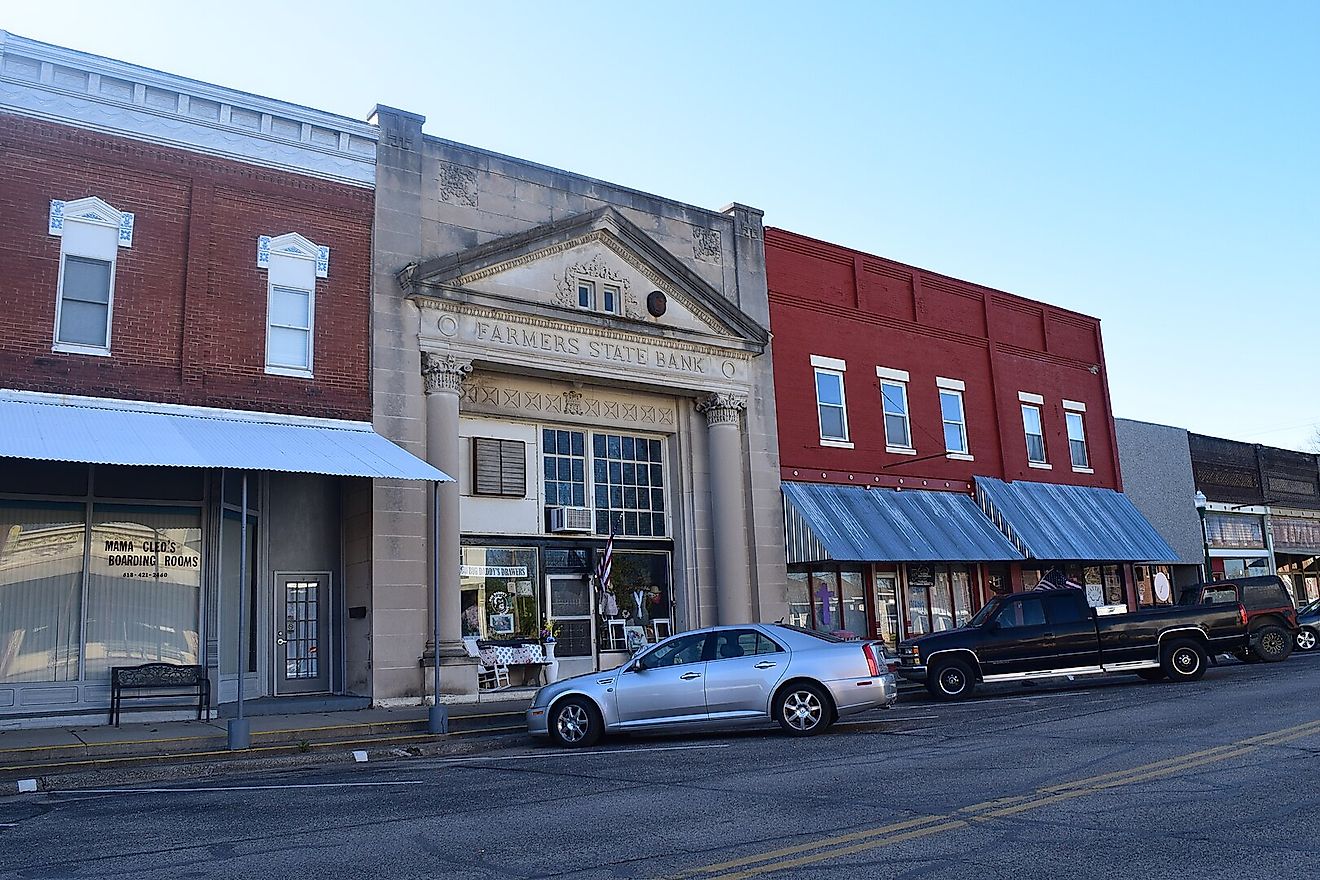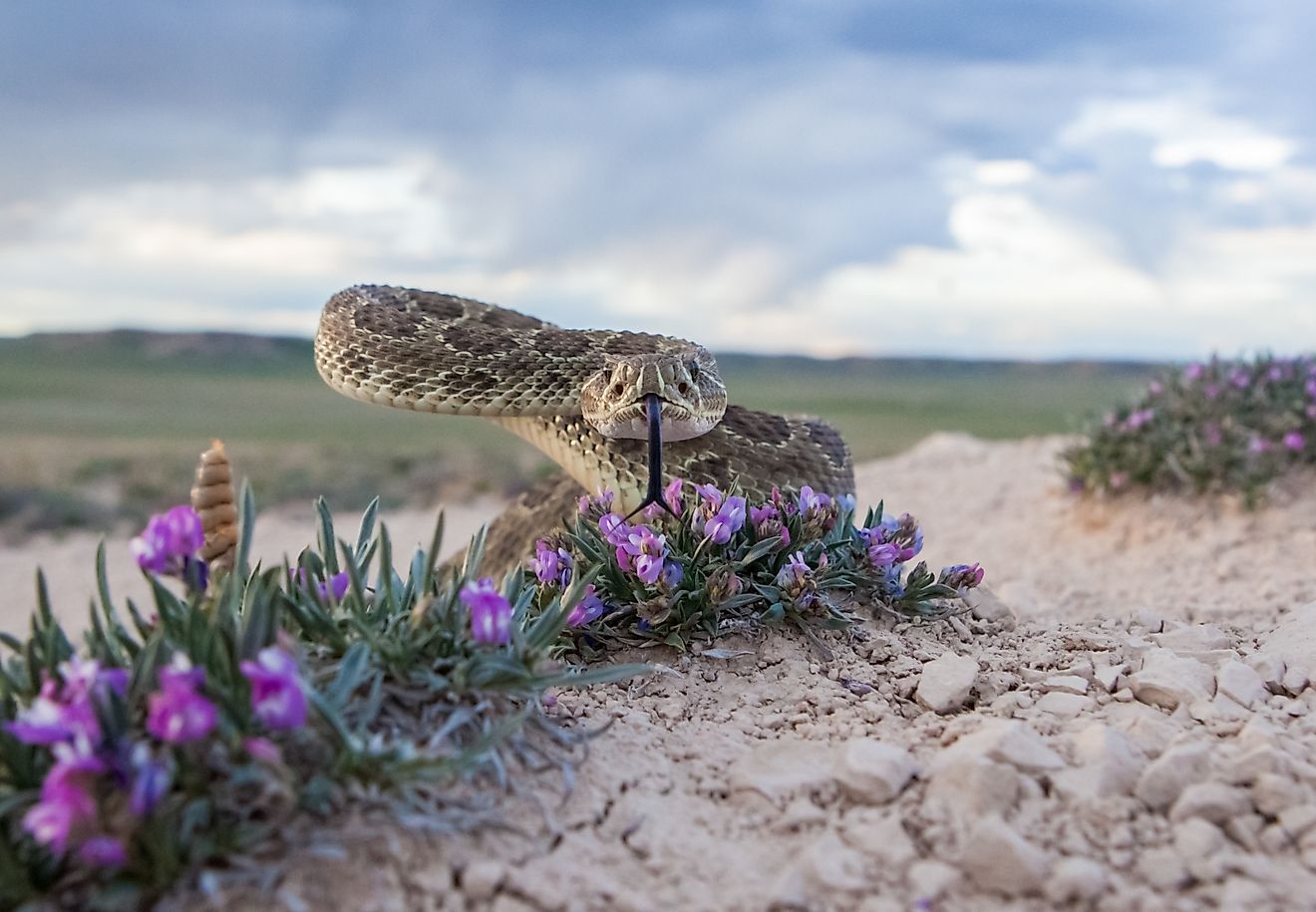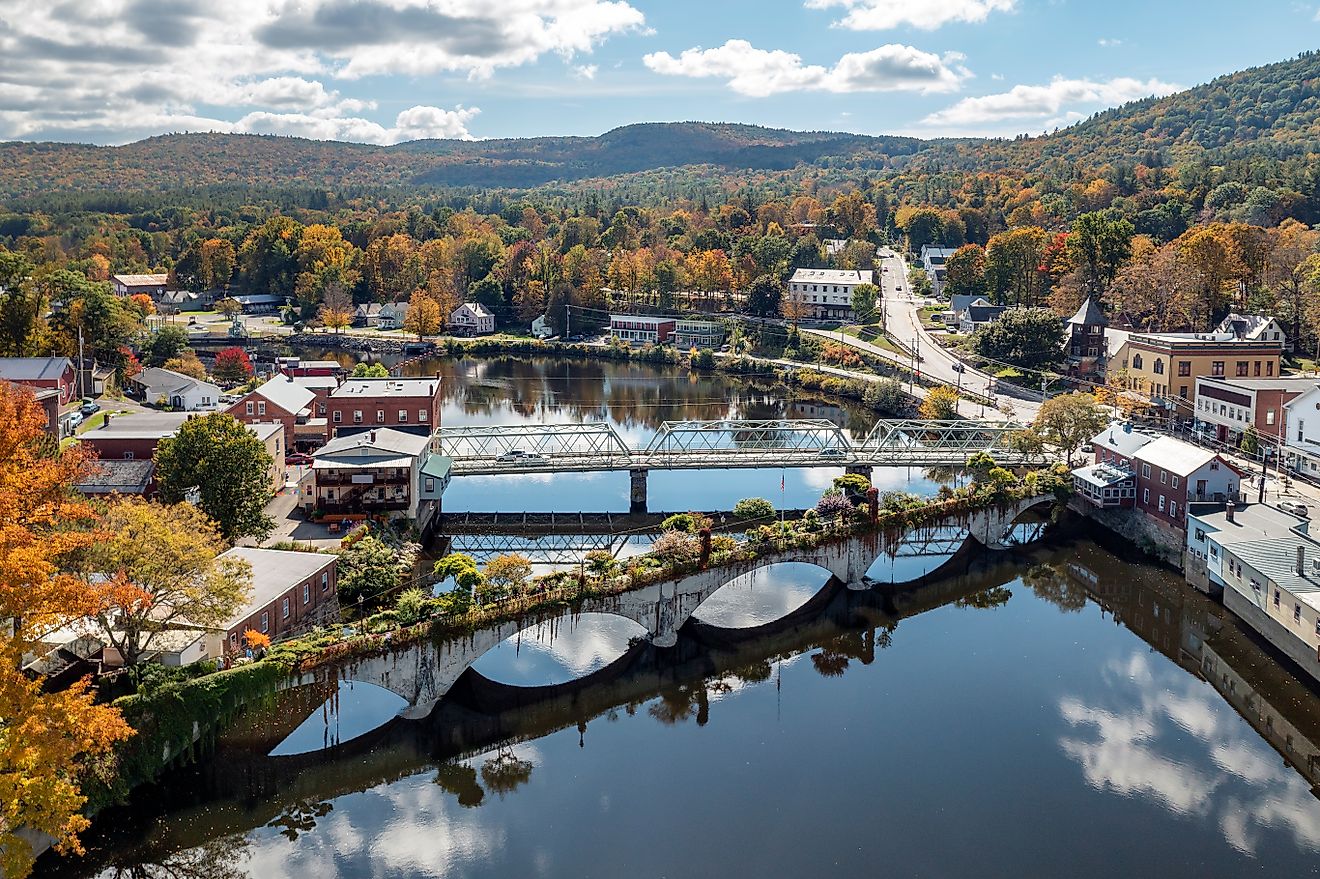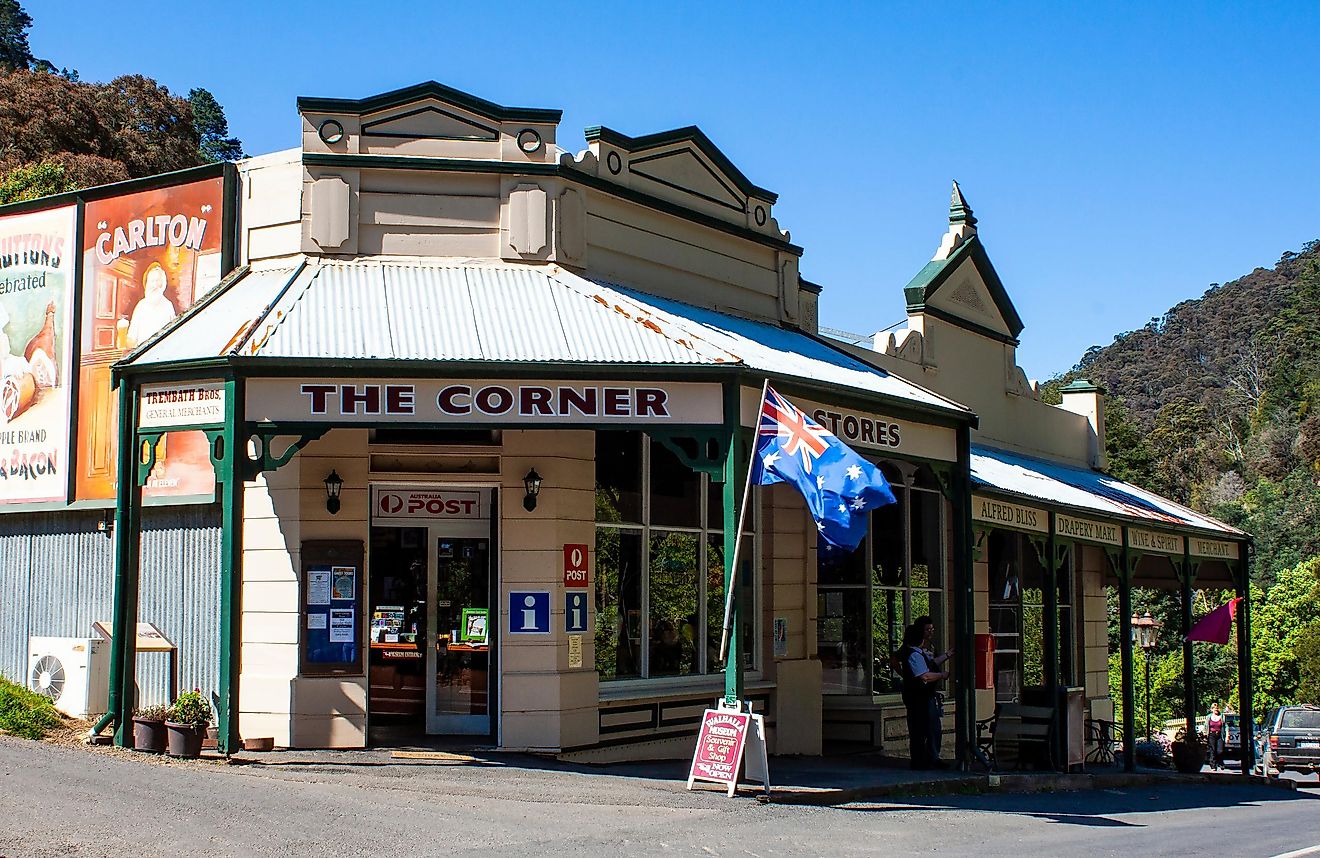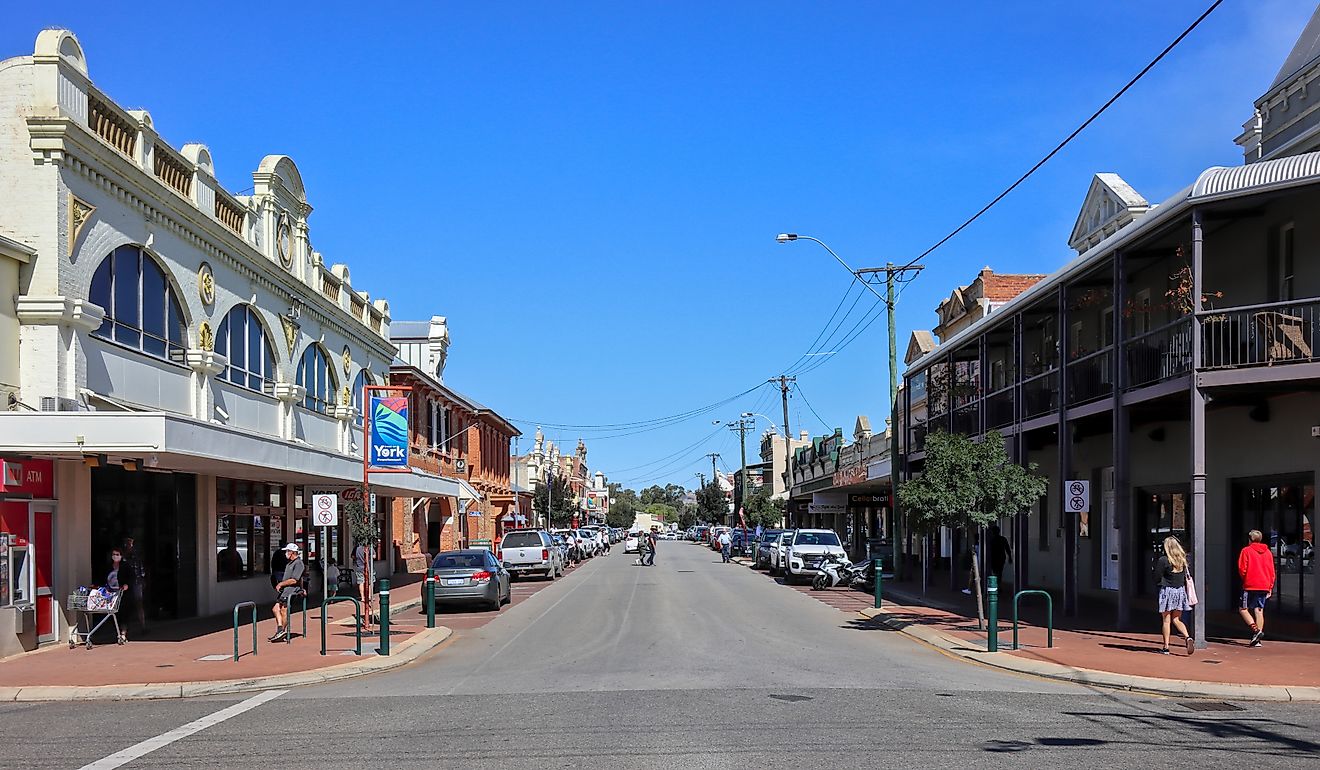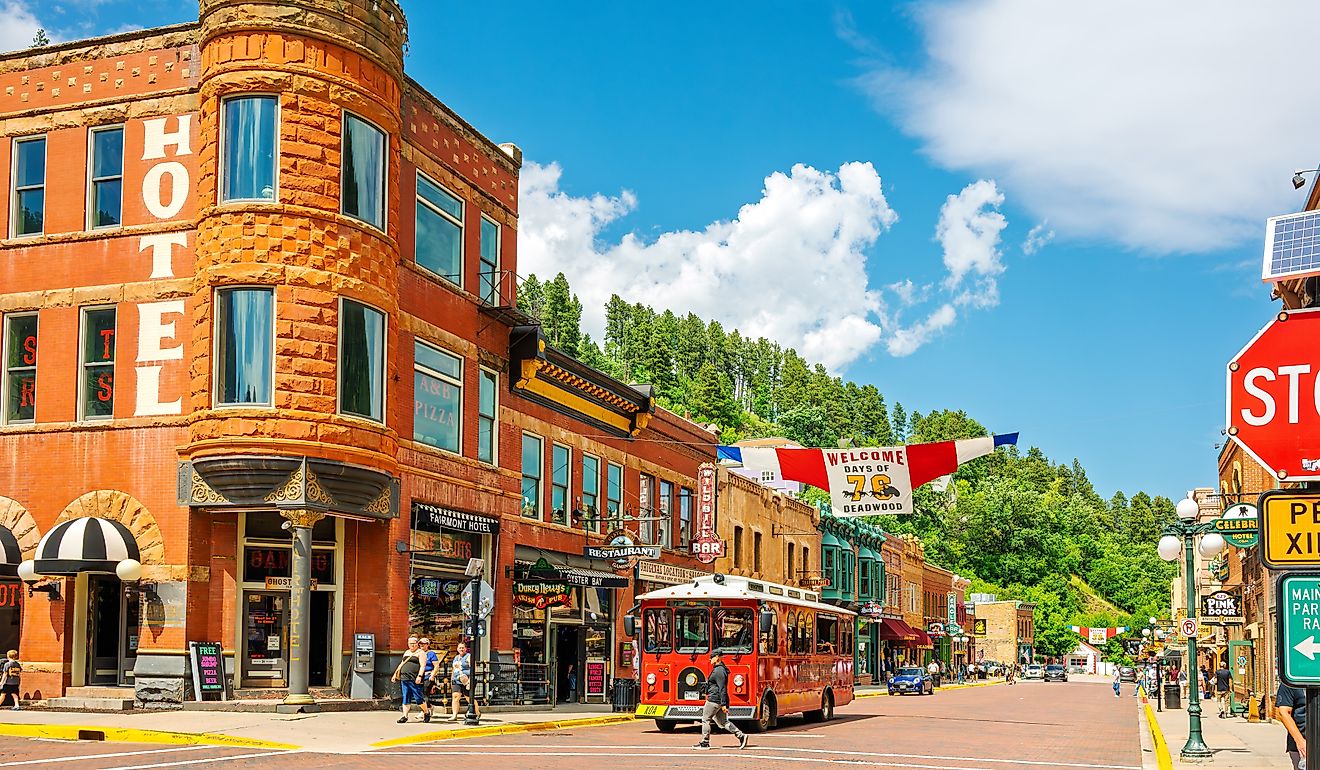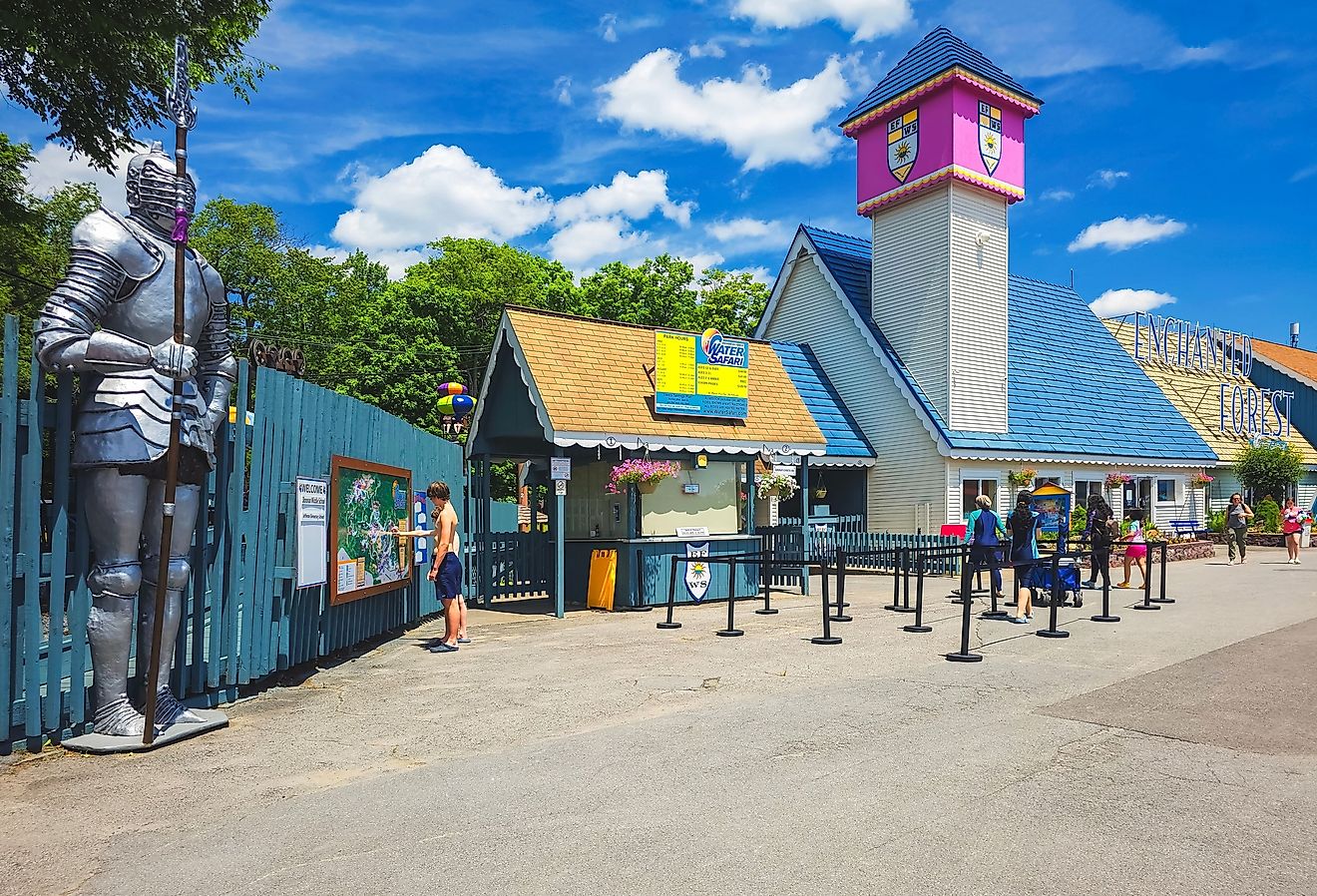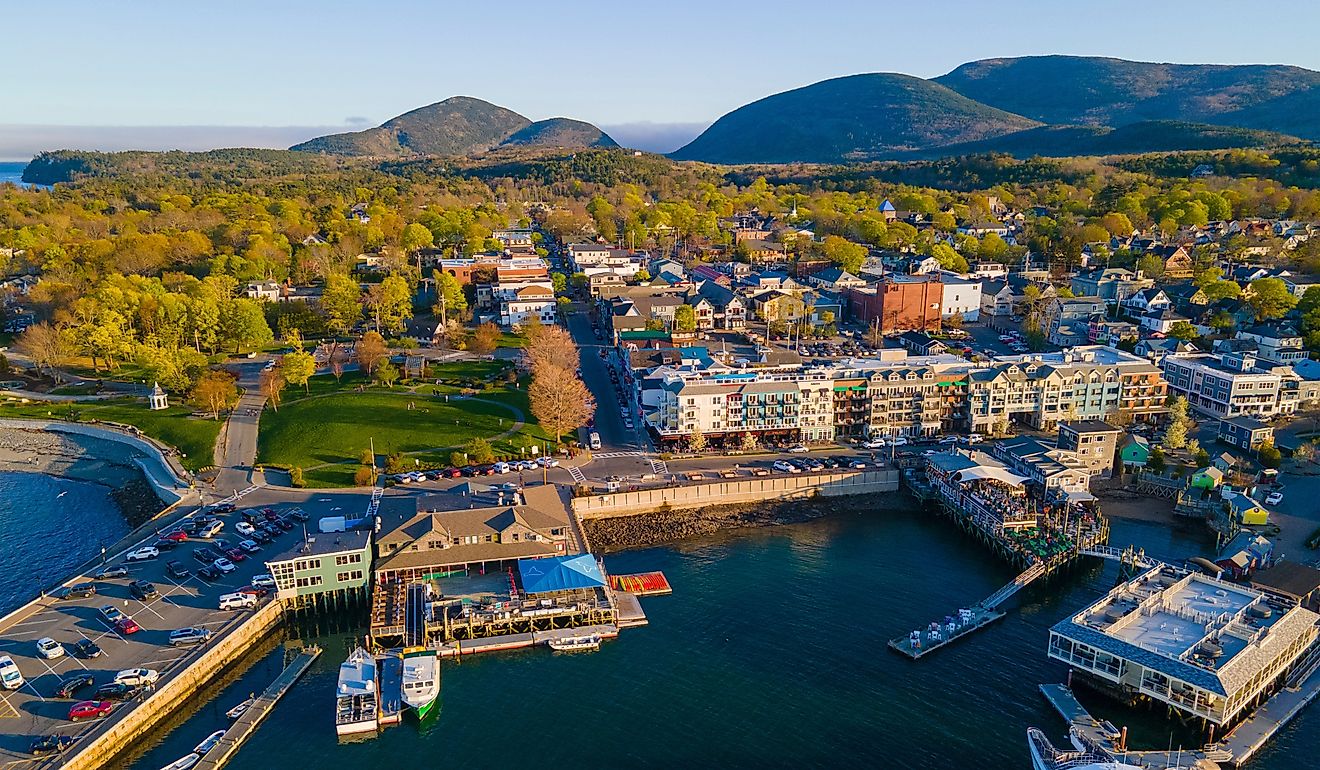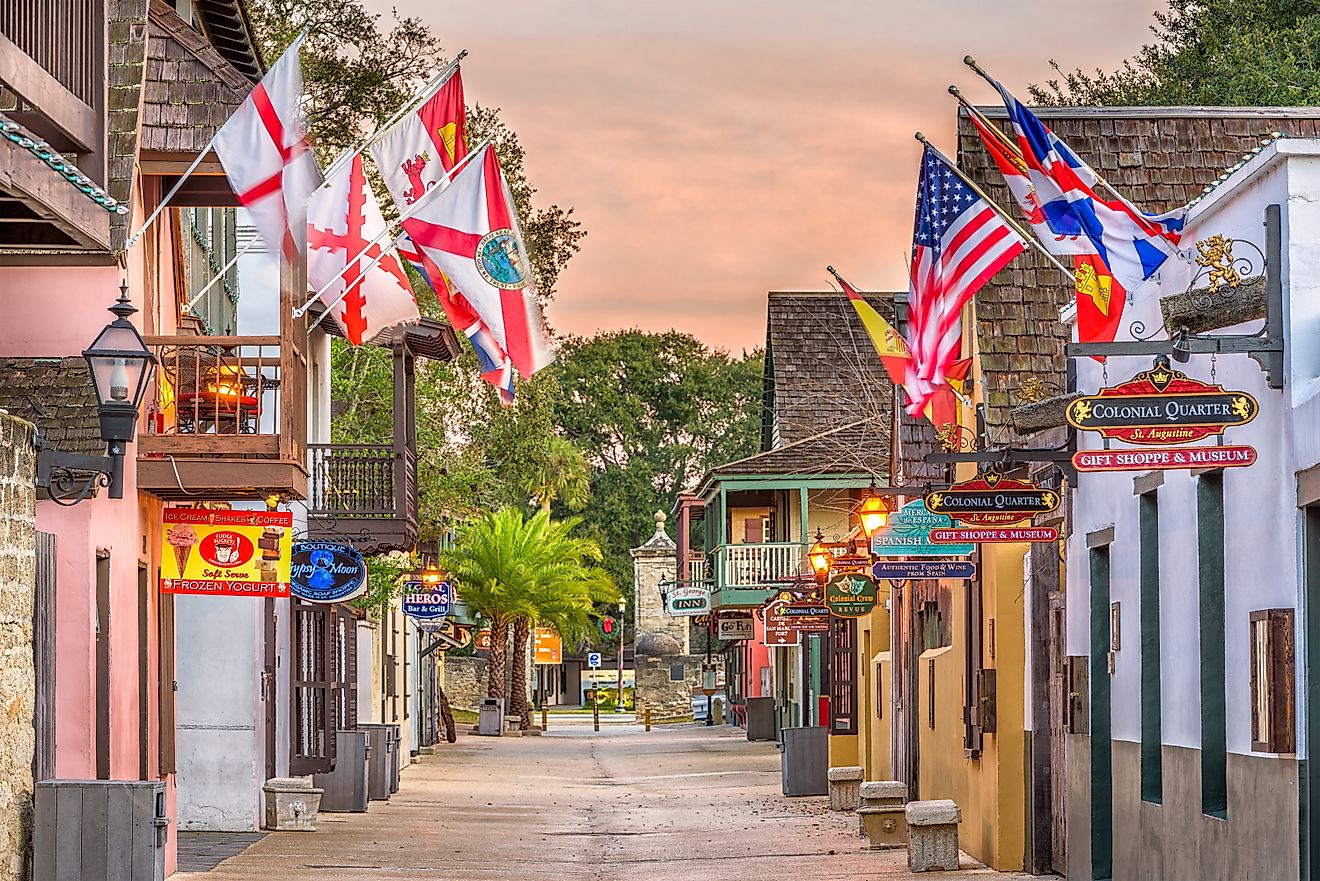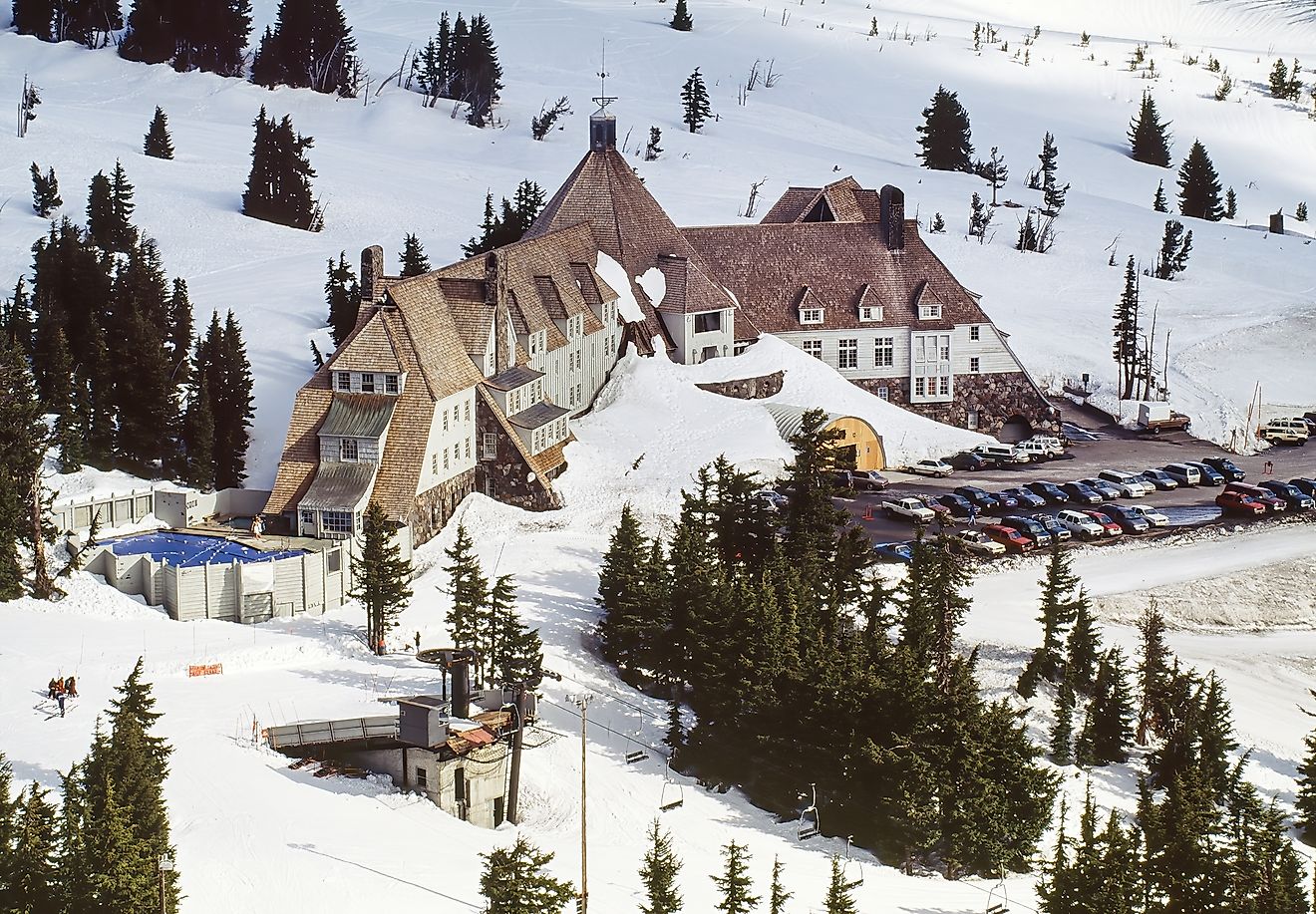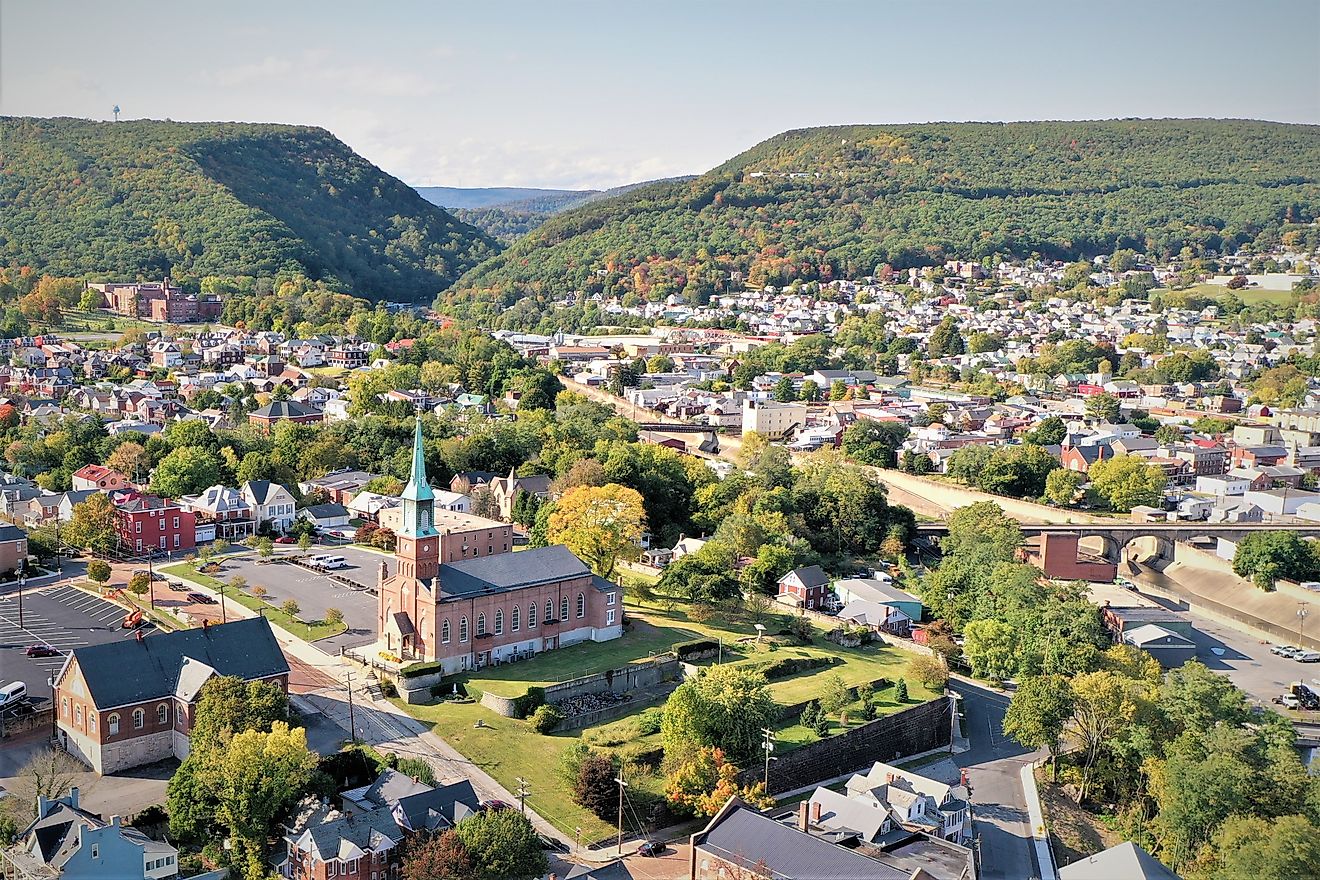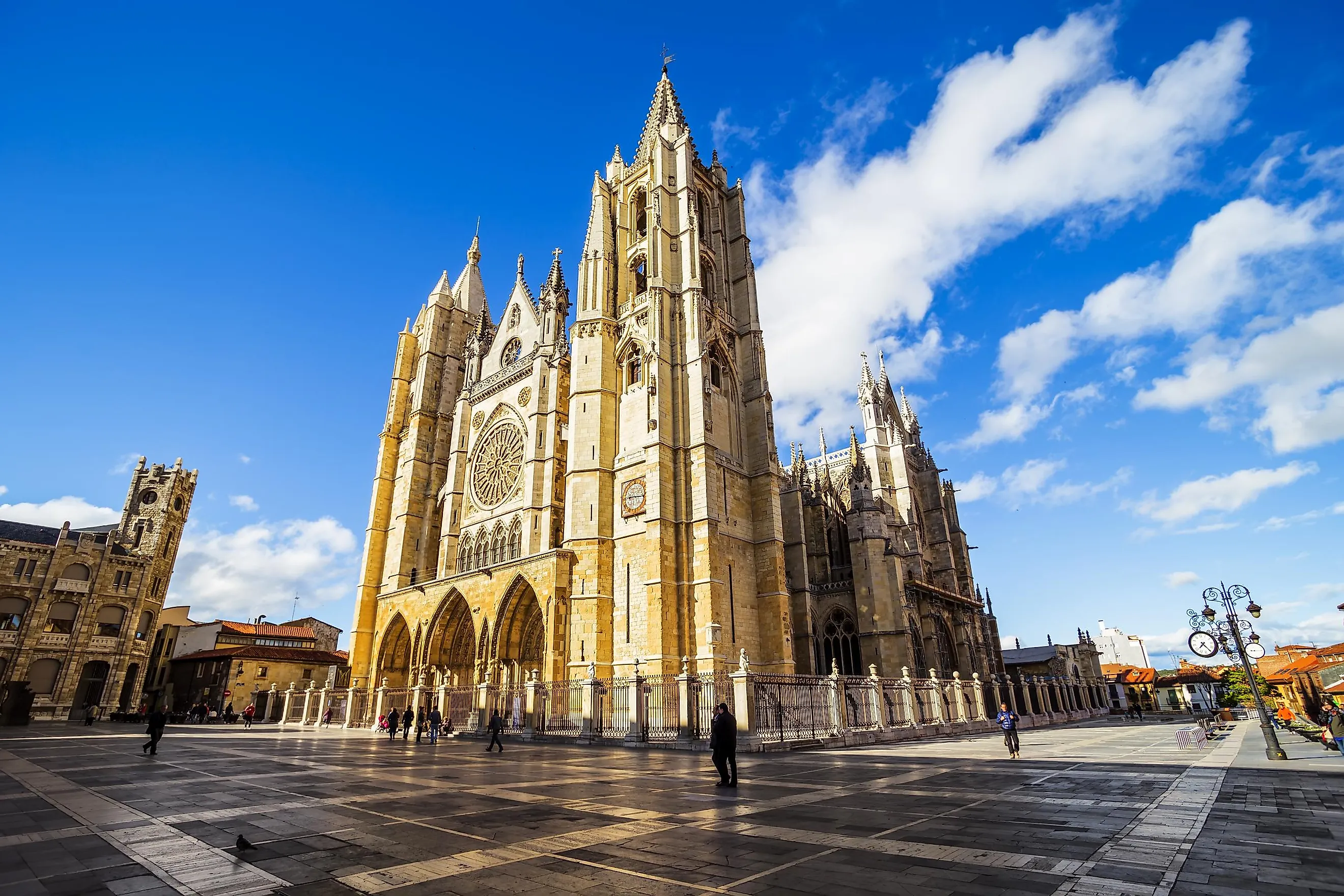
León, Spain
The Spanish city of León developed as a Roman military settlement between the last century BC and the first century AD. It has since grown into a vibrant cultural hub, rich in medieval cathedrals, tapas bars, museums, and more. Each year, León also welcomes thousands of Camino de Santiago (the Way of Saint James) pilgrims as they bridge the gap from the Pyrenees to Galicia – just as they have done since the 11th century. The capital and most populous (124,772 residents as of 2018) city in the province by the same name is conveniently located, making it easy to reach from the North and West coasts, Madrid, and the neighboring countries of Portugal and France.
Geography Of León
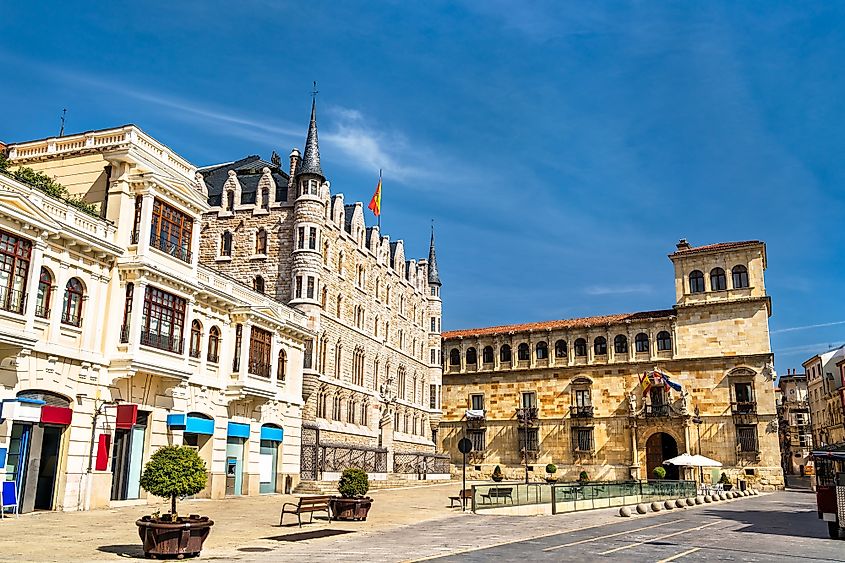
León lies in the Northwest of Spain, which is also the Northwestern portion of the Iberian Peninsula and the Northwestern part of the Northern Meseta Central (a plateau spanning much of the Spanish interior). It is the capital of the province of León, which is the Northwesternmost region in the autonomous community (or comunidad autónoma) of Castile and León (or Castilla y León) – the largest autonomous region in the country. León is built primarily on the East side of the Bernesga River and to the West of the Rio Torio – in the V-shaped pocket of land just North of their convergence.
León sits just South of the central core of the Cantabrian mountain range. This offers residents and tourists a winter getaway option, with the resort town of San Isidro, 84 kilometers (52 miles) to the North, being one of the prime destinations. The city is also within a day trip's distance of a nature preserve (Parque Natural de Babia y Luna), a regional park (Parque Regional Montaña de Riaño y Mampodre), and a national park (Picos de Europa National Park) – all of which are gorgeous and highly-rated areas.
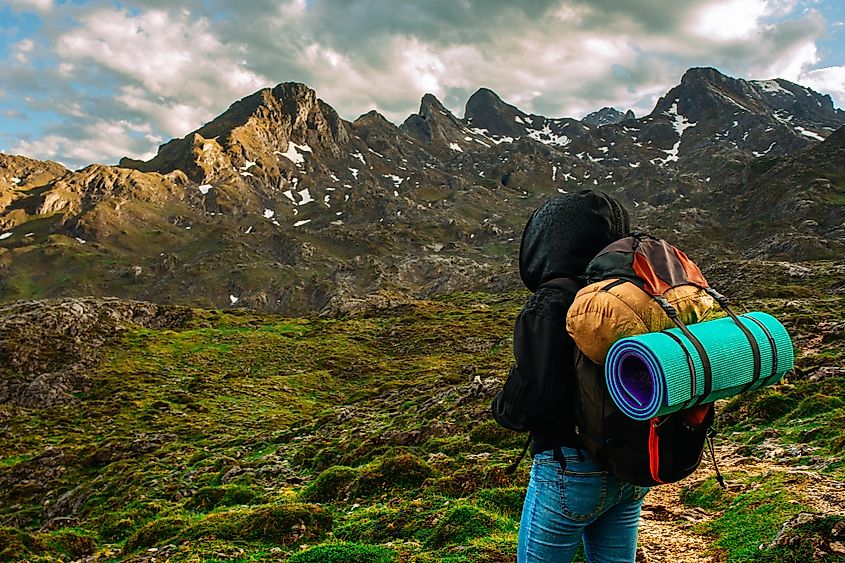
Other nearby major cities include the nation's capital of Madrid, which is some 340 kilometers (221 miles) to the Southeast. There is a high-speed railway that connects the two cities, passing through Valladolid en route. One hundred forty-four kilometers (89 miles) to the North sits the city of Gijón, which rests on the coast of the Bay of Biscay, which itself is an extension of the North Atlantic Ocean.
A Brief History Of León
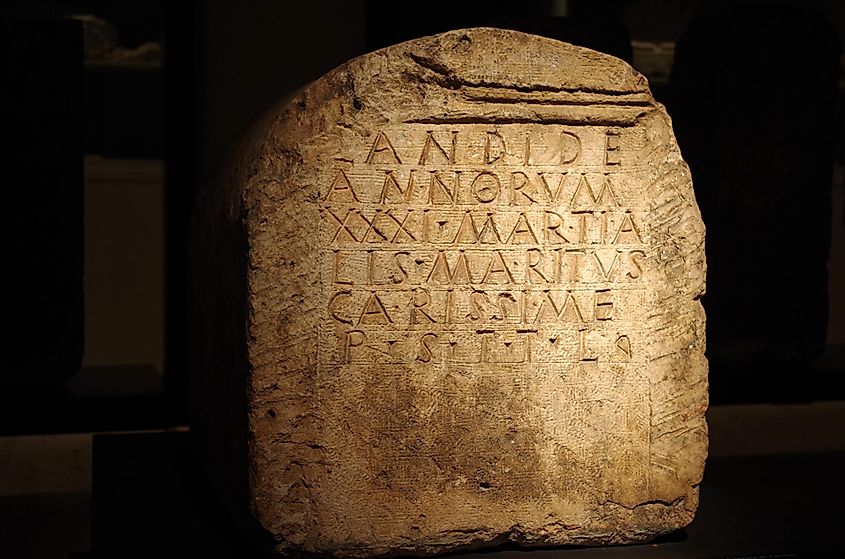
The first foundations of modern-day León were established by the Roman legion Legio VI Victrix, in the form of a military encampment, towards the end of the first century BC (approximately in the year 29). Then, in 74 AD, the Legio VII Gemina built a permanent military settlement. Note, a twisting of the original Latin name, Castra Legionis (Latin for "Camp of the Legion") is where the current title, León, stemmed from.
The site was taken by the Goths throughout the 6th and 7th centuries and then by the Moors until 850. In the year 910, in response to the Umayyad conquest of the Iberian Peninsula, the Kingdom of León was established, and the city of León was deemed its capital. Here, as was the case throughout much of the peninsula, Christian and Muslim armies clashed repeatedly during the turbulent Reconquista era that lasted for eight centuries.
Some circles consider León to be the "cradle of Parliamentarism." This is because the city, under the newfound reign of Alfonso IX (King of León and Galicia), hosted the first European parliament in 1188. The resulting Decreta of León (or Cortes of León) was included in UNESCO's Memory of the World initiative in 2013.
In 1301, the Kingdom of León and the Crown of Castile were unified. However, the loss of independence initially inhibited the city of León, leading to a period of stalled growth and muted prosperity. But it once again demonstrated its military prowess during the Spanish War of Independence/Peninsular War of the early 19th century. Just a short time later, in 1833, León was designated as the capital of the newly formed province of León.
Attractions And Festivities Around León
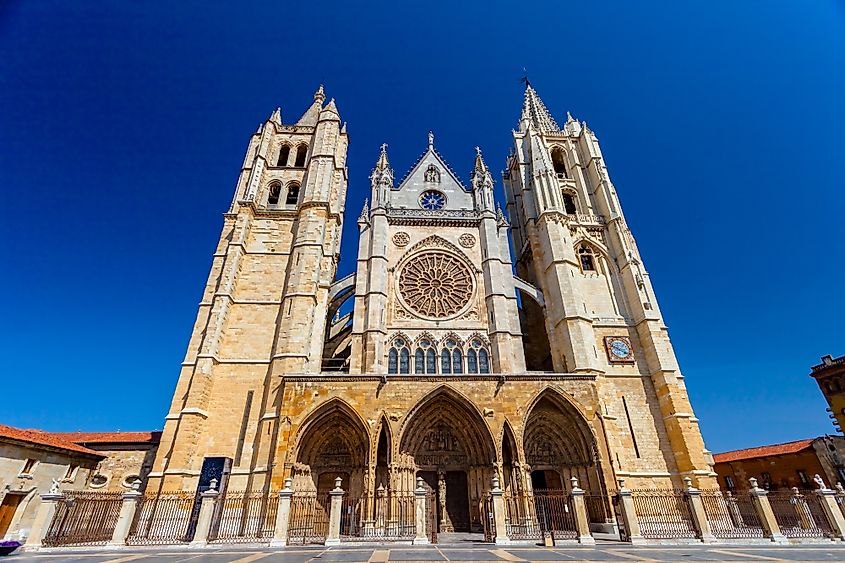
Like all great Spanish cities, an arresting cathedral stands at the core of León's Old Town. León Cathedral, officially La Catedral de Santa Maria de León, and also known as Pulchra Leónina, is a giant Gothic construction that stands on the grounds of an old Roman bath and former Romanesque church. Aside from its striking facade, its 1,765 square meters (18,998 square feet) of stained-glass windows (which were put in place between the 13th and 20th centuries) are bound to inspire all who approach. Be sure to visit the cathedral museum, which features a surprising catalog of Romanesque art, religious items (including a 10th-century Bible), and prehistoric artifacts, among other highlights.
The remains of the old Roman wall stand beside the church and lead to the next great attraction in León, the Basilica of San Isidro. This collection of three churches possesses many attributes, but none as triumphant Pantheon of the Kings of León. The exquisite ceiling design has garnered this space the unofficial designation "Sistine Chapel of Romanesque Art," and below it lie the tombs of several ancient kings.
Continuing the sizzle reel of churches, Iglesia de San Salvador de Palat del Rey deserves a mention and a walk by, as it is the oldest in the city. The humble structure was constructed between 931 and 951.
Those intrigued by the country-traversing Camino de Santiago will want to swing by (or spend a night in) the Hostal de San Marcos. This stately 16th-century building was once a pilgrim's shelter and hospital, the seat of the Order of Santiago, and nowadays, is the site of one of the finest historic hotels in the North of Spain. Outside, a statue of "El Peregrino" sits and reflects back on the building (making an excellent photo-op for modern-day pilgrims).
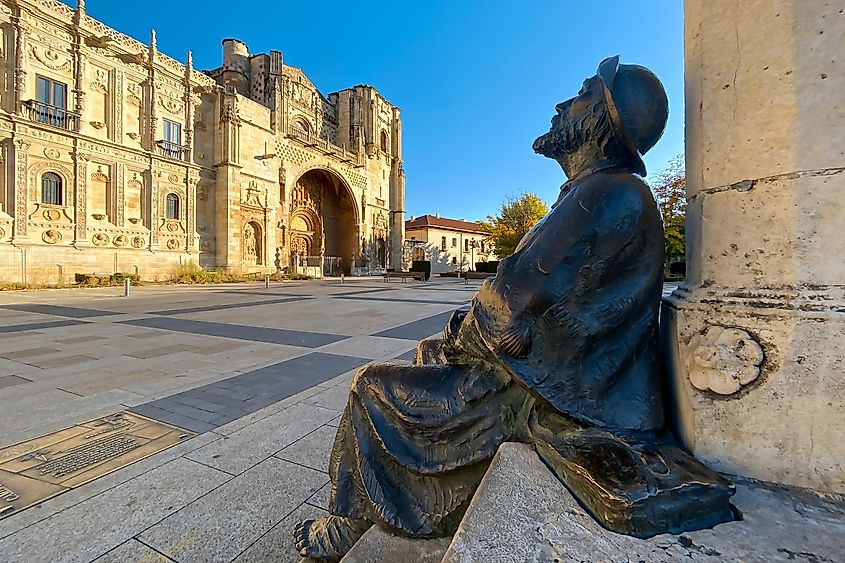
León also has an admirable collection of museums to rival its religious structures. For starters, there is the Museu Casa Botines – dedicated to the history of the building and its designer, Antonio Gaudi, as well as Spanish art in general from the 19th and 20th centuries. Art lovers will want to continue the action at the Museo de Arte Contemporáneo de Castilla y León (aka MUSAC) – a colorful building that exclusively highlights recent creations – as well as Museo de León, which covers a broad range of artistic and historical exhibits from the Paleolithic to the present.
If museums and churches are to fill one's day, then El Humedo (i.e., "The Wet District") will happily provide the evening entertainment. This collection of taverns, tapas, bars, and other restaurants comes alive after sunset and stays active until the early morning hours. All varieties of libations will be present, but for something local, try the Destination of Origin wines from the mountainous El Bierzo region.
In terms of festivals, León comes together in celebration and praise during the Easter processions and other traditional practices surrounding Santa Semana (Holy Week). The San Juan and San Pedro festivities at the end of June also bring the city (and accompanying tourists) together for a week of fireworks, dancing, street theater, karaoke, circus shows, concerts, and everything else fun you could think of. Plus, on the Night of San Juan, cathartic bonfires are built so that people can cast (metaphorically or sometimes literally) the bad things from their lives into the flames, thereby symbolizing a fresh slate for the rest of the year.
The Foods Of León
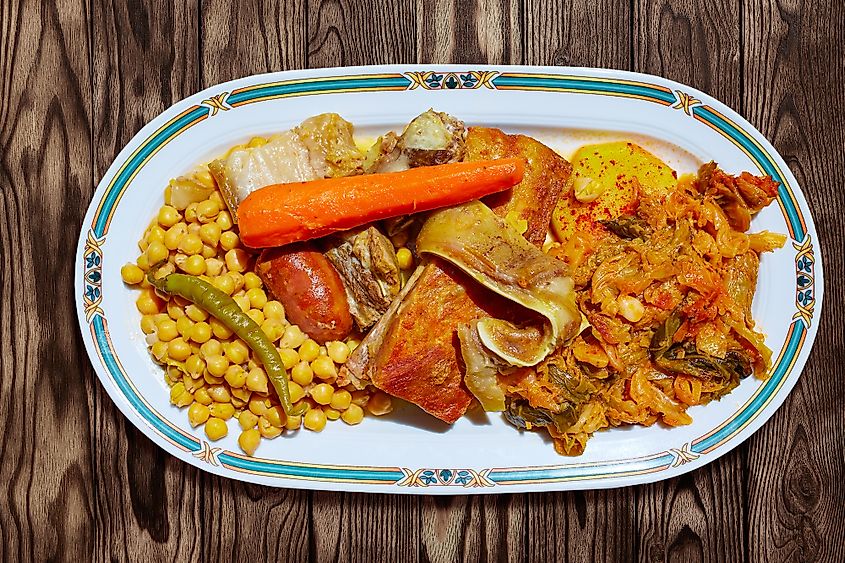
One of the many fascinating things about Spain is how the menu varies between nearby cities. The core menu in Pamplona is distinct from that of Logrono, which in turn stands apart from Burgos. León specializes in Maragato stew (El Cocido Maragato) – a mix of cabbage, chickpeas, and seven different meats. Frog's legs, black pudding, and beef sweetbreads are also staples of many menus. Hits throughout the whole of Castile and León include roast suckling pig and lamb, as well as great bounties of white, red, and black beans, chickpeas, and lentils. For dessert, rice pudding or mantecadas de Astorga (a square-shaped, mildly sweet cake associated with the nearby town of Astorga) will round out the orgasmic gastronomic experience. Many specialties are delivered in the form of small plates (i.e., tapas), ensuring that an eclectic variety of foods can be enjoyed in a single evening.
Living In León
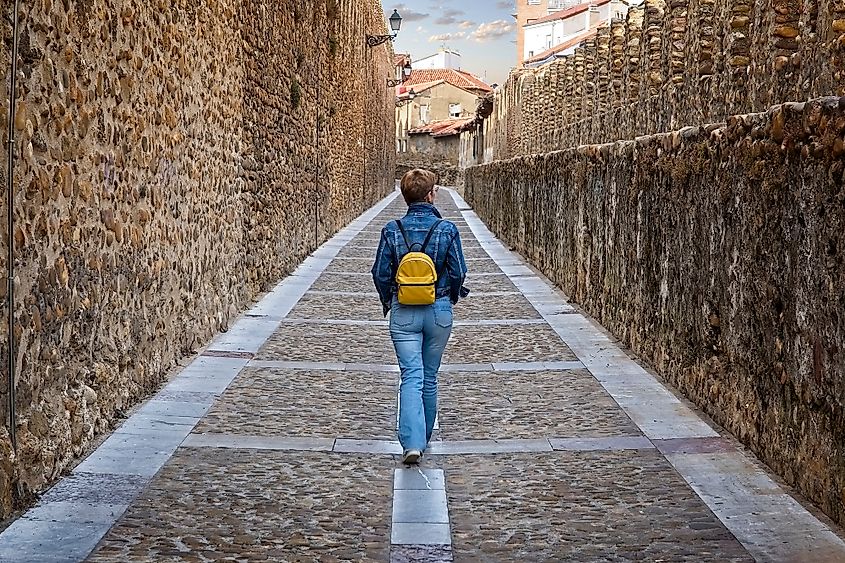
International Living considers León to be Spain's Best-Kept Secret. The layout of the city is aesthetically brilliant, but also accommodating to retiring expats. The streets are flat and walkable, and there is a network of bike lanes. As alluded to earlier, access to the surrounding nature and nearby major cities is also quick and easy. The culture and culinary scene will likely satisfy a wide range of tastes. And perhaps most importantly, León is exceptionally affordable. As of May 2023, a married couple reports renting a furnished apartment in the historic center for the equivalent of $730 USD per month. They also rave about a seafood dinner for two, with homemade desserts, costing only $30, and being able to enjoy a glass of wine in the Plaza Mayor (i.e. the central gathering point in the old town) for a mere $3.
As discussed in recent articles pertaining to the nearby cities of Burgos, Logroño, and Pamplona, Spain has a quality, public/private healthcare system, and a three-tiered education system that tailors to different budgets and goals. León, specifically, offers the Universidad de León – an accredited and sizable campus that offers Bachelor's, Master's, and Doctorate degrees across a full spectrum of disciplines.
León has quietly built a reputation as strong as its name. This provincial capital is fun, pretty, quaint when it needs to be, and rowdy when it wants to be. Whether you are interested in nature, art, architecture, religion, history, the Camino, or all of the above, this Northwestern Spanish city has it all. Just a two-hour train ride North of Madrid, there's every reason to visit León during your next stint in Western Europe.
